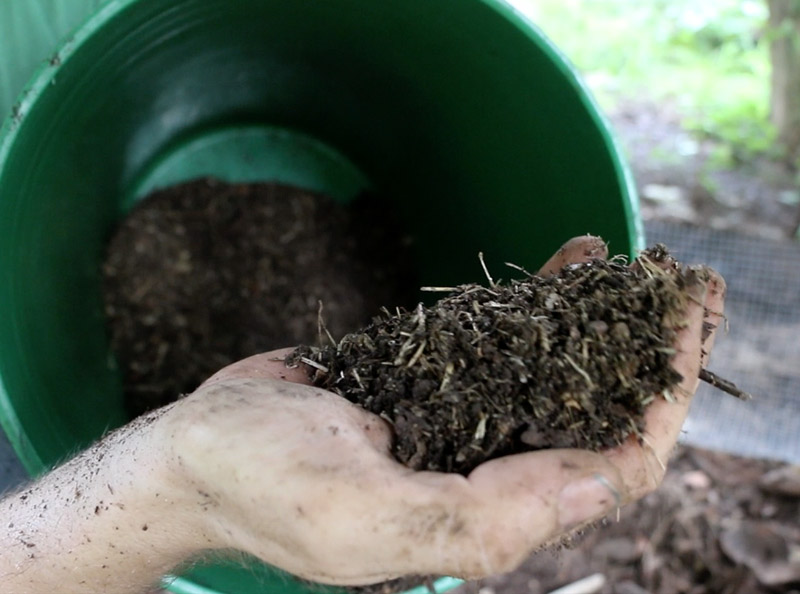Jim shares a story about composting a sheep:
“A sheep died and was buried in this large pile of compost. The pile was mulch, soil and lots of fish guts about 6 months ago and was very hot for many weeks. It has been cold for months. The sheep was digested and all that was left was bones in about 4 weeks. No rules compost body disposal. Foxes exposed the head of the sheep so it stayed out of the compost. It looked gruesome as the tissues became flyblown and dried. The head after 4 weeks had lots of shriveled dried skin and flesh covering the bones. It certainly was not cleaned like the clean white bones under the compost.”
That reminds me of this story of composting farm animals after Florence:
Only one of Jamie Rogers’ three poultry houses in Duplin County flooded after Florence, but that still left him with 7,500 to 8,000 dead chickens buried in mud and water. As the days went by, Rogers said the question of what to do with them felt like “an elephant sitting on your shoulder and your chest.”
“We were thinking we were gonna have to bury them on the farm somewhere — find a hole that we could dig that wasn’t wet or full of water,” said Rogers, a third-generation poultry farmer who is also Beulaville’s chief of police.
Finding a place to bury thousands of chickens would be difficult on a good day in Eastern North Carolina, where groundwater is relatively close to the surface; it’s even tougher after a hurricane has left the ground saturated. Other options, such as incineration or trucking the birds to landfills, are expensive, particularly for small farmers such as Rogers.
Rogers said about two weeks after the storm, someone from Case Farms, the company for which he raises birds, asked if he’d be interested in the state program.
“Then these people come down and say ‘We’re here to help, and it’s not going to cost you a dime because the state is going to take care of it,’” he said.
Howard said composting most of the 4.2 million birds cost about $12.6 million, with the Federal Emergency Management Agency paying about $9.4 million and the rest coming from the state. He said state officials estimate that hauling those birds to landfills would have cost about $37 million.
2,000 truckloads of wood chips and sawdust
Much of the composting cost came from buying and trucking in 2,000 tractor-trailer loads of woody material to mix with the birds, which in most cases were still mired in a watery mass.
“It’s kind of like soup,” Howard said. “You have to add in carbon material to make it more like oatmeal so you can move it.”
Contractors working under the agriculture department’s supervision then carefully layered the woody material around the mixture in long rows, with chips as large as two inches on the outside and the finest sawdust closest to the birds, said Joe Reardon, the agriculture department’s assistant commissioner for consumer protection.
Big thermometers were then pushed into the piles every few days to look for signs that heat-loving microbes were feasting on the mixture. A consistent temperature of 131 to 150 degrees Fahrenheit meant the process was working and that pathogens would not likely survive.
The content of the piles was then tested to determine the levels of nitrogen, phosphorous and other nutrients, so farmers could figure out where and at what rate to apply it to their fields, Reardon said.
The whole process generally took 2 to 4 weeks, he said.
Rogers had six rows of composting birds, 40 to 50 yards long. He said they looked like piles of mulch, without any offensive smell.
“You didn’t even know that there was dead birds around,” he said. “They told me after 14 days that it had cooked, and it was free for me to do with it what I wanted.”
Who says you can’t compost meat? For goodness’ sake, compost everything!
The big compost pile method is awesome, but you can also do this:
See you next time.


1 comment
[…] post Composting Animals appeared first on The Survival […]
Comments are closed.